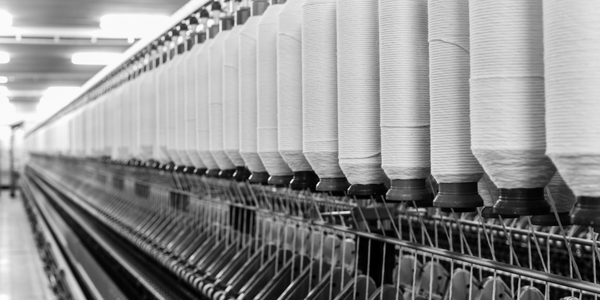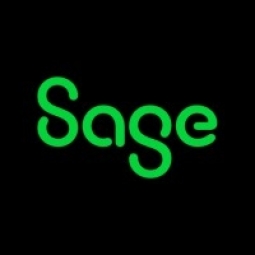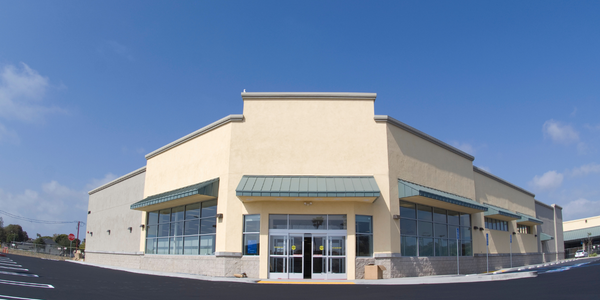Customer Company Size
SME
Region
- America
Country
- United States
Product
- Sage 100 ERP
- Ensemble Business Software
Tech Stack
- EDI
- SAP Crystal Reports
- Inventory Management module
Implementation Scale
- Enterprise-wide Deployment
Impact Metrics
- Productivity Improvements
- Cost Savings
Technology Category
- Functional Applications - Enterprise Resource Planning Systems (ERP)
- Functional Applications - Inventory Management Systems
Applicable Industries
- Apparel
Applicable Functions
- Discrete Manufacturing
- Warehouse & Inventory Management
Use Cases
- Inventory Management
- Manufacturing System Automation
Services
- System Integration
- Training
About The Customer
Sweater.com is a garment manufacturer based in Santa Monica, California. The company is headed by industry veterans Bruce Gifford and Dan Jaffe. Sweater.com operates under the label, One Girl Who..., and is known for its superior-quality sweaters that are the height of fashion. The company has been making waves in the apparel industry, landing 500 accounts by the end of its first year. Its sweaters are hot sellers with national retailers like Nordstrom and a thousand other specialty stores. The company operates from three locations and has a workforce of 15 employees.
The Challenge
Sweater.com, a rapidly growing apparel company, was facing inefficiencies due to the lack of integration between QuickBooks and vertical software for apparel industry management. The company was using QuickBooks for its financial management and a separate software for apparel management. This lack of integration was causing inefficiencies across the company. The company needed a solution that could integrate financial management with apparel industry management to improve efficiency and accuracy in financial statements. Additionally, the company required a robust allocation module for both inventory and product costing, which were considered essential for its operations.
The Solution
Sweater.com adopted Sage 100 ERP and Ensemble Business Software in late 2004. The company uses Sage 100 ERP for a wide range of operations including entering orders, creating UPCs, generating purchase orders, tracking receipt of goods, entering sales orders, allocating invoicing, picking, updating invoices, and creating general ledger transactions. Ensemble Business Software enhances Sage 100 ERP with special features for apparel, footwear, and soft goods companies. It provides the ability to create a matrix for products by size and color, all housed under a single part number for easier reporting. Its Distribution Solution lets Sweater.com reduce data entry requirements and organize inventory by style, color, sizes, UPCs, and NRF codes. Its Warehouse Management Solution helps expedite finished goods allocation, multibin processing, picking sheet control, packing list processing, carrier manifest, and ship notice processing. The software also provides EDI capabilities.
Operational Impact

Case Study missing?
Start adding your own!
Register with your work email and create a new case study profile for your business.
Related Case Studies.

Case Study
Fire Alarm System and Remote Monitoring Sytem
Fire alarm systems are essential in providing an early warning in the event of fire. They help to save lives and protect property whilst also fulfilling the needs of insurance companies and government departments.Fire alarm systems typically consist of several inter-linked components, such as smoke detectors, heat detector, carbon monoxide, manual call points, sounders, alarm and buzzer. The fire alarm system should give immediate information in order to prevent the fire spread and protect live and property.To get maximum protection a shoe manufacturer in Indonesia opted for a new fire alarm system to monitor 13 production sites spread over 160 hectars. Although the company had an existing fire alarm system, it could not be monitored remotely.It was essential that the new system would be able to be monitored from a central control room. It needed to be able to connect to the existing smoke detector and manual call point. Information should be easily collected and passed on to the Supervisory Control and Data Acquisition (SCADA) system. Furthermore, the system should have several features such as alarm management, auto reporting, being connected to many client computers without additional cost, and run 24/7 without fails. The company also needed a system which could be implemented without changing the architecture of the existing fire alarm system.

Case Study
IoT Applications and Upgrades in Textile Plant
At any given time, the textile company’s manufacturing facility has up to 2,000 textile carts in use. These carts are pushed from room to room, carrying materials or semi-finished products. Previously, a paper with a hand-written description was attached to each cart. This traditional method of processing made product tracking extremely difficult. Additionally, making sure that every cart of materials or semi-finished products went to its correct processing work station was also a problem. Therefore, the company desired an intelligent solution for tracking assets at their factories. They also wanted a solution that would help them collect process data so they could improve their manufacturing efficiency.

Case Study
Retailer Uses RFID Scanner to Improve Efficiency
Patrizia Pepe wished to improve the logistics of their warehouse: accepting incoming goods from their production sites, movement of items throughout
the warehouse, and packaging of goods for distribution to the retail locations. They initially tried to use barcodes for this function. Because barcodes must be individually scanned within a line-of-sight, the acceptance of goods coming into the warehouse was too time consuming. Working with the University of Florence, Patrizia Pepe instituted a five-month pilot project beginning in August of 2009 to test the validity of an RFID solution. The pilot involved tagging of about 60,000 items for the second seasonal collection, and convinced the company to move forward with tagging all items.

Case Study
Monitoring and Controlling Automatic Mixing and Dispensing Machines
As technology advances, textile manufacturing has been transformed from a labor-intensive to a partially or fully automated industry. Automation is significant in all segments of textile production - from spinning to printing, and textile machinery manufacturers are constantly searching for new technologies and automation processes will increase the productivity of their machines. The color paste mixing and dispensing machine is an essential part of the printing and dyeing process. With the advantage of automatically computerized controls and database management, the system can significantly improve its dispensing precision, working efficiency and production quality as well as reducing material consumption.









